Reviewed by Meg Flores
When you see a rapper's face mysteriously blurred in photos and videos, your first instinct might be to credit Apple's privacy features. Here's the twist. That blur is not coming from your iPhone or any Apple device; it is a deliberate creative choice that plays with our assumptions about technology and privacy. The intersection of celebrity culture, privacy expectations, and digital manipulation shows how our relationship with tech-driven anonymity has shifted in surprising ways.
We have grown so used to automatic privacy tools that we sometimes mistake intentional art for software doing its thing. Digital beautification through social media filters has become increasingly popular, so the line between authentic and altered keeps smearing. At the same time, Gaussian blur is widely used to blur human faces in sensitive photos before the photos are posted on the Internet, which makes obscured faces feel routine on social platforms. This case flips that expectation, turning a supposed privacy safeguard into an artistic statement about when and why such measures appear.
What Apple actually does (and doesn't do) with face privacy
Let's get specific about what Apple's privacy features actually do versus what people think. The Photos app does include real privacy tools, the Photos app has a built-in Clean Up tool that can pixelate people's faces with a safety filter. (See Apple's Clean Up requirements.)There are catches, and they explain the gap between expectation and reality.
The Clean Up safety filter requires devices that support Apple Intelligence — check Apple's compatibility list for specific models and OS requirements. Millions of people on older hardware cannot use it, so widespread automatic face blurring is not in the cards.
More importantly, the feature only works on images, not videos, and it is entirely manual. Apple does not blur faces for you in photos or videos. When you choose to use it, starting in iOS 18.1, iPadOS 18.1, and macOS Sequoia 15.1, the Photos app can pixelate faces using the safety filter as part of a deliberate edit.
To do it, you have to take steps. To use the safety filter, open a photo in the Photos app, tap or click the Edit button, then go to the Clean Up tab. That workflow makes it obvious that any blur you see was not automatic; someone turned it on. The tool can even misread your markings. Clean Up may interpret your markings as items to remove and replace; you can use the back button or reset to try again.
So when audiences see consistently blurred faces across a rapper's photos and videos, that is not Apple's technology at work. It is creative editing designed to look like seamless privacy automation.
The privacy paradox: when blur becomes brand
Here is where it gets interesting. The trick works because it leans on the gap between Apple's privacy promises and real user experience. Apple has poured effort into privacy infrastructure. Apple describes Private Cloud Compute (PCC) as a trusted hardware-based, trusted execution platform specifically designed for processing work from their new AI solutions, yet many people assume those protections are automatic and sweeping.
This gets even thornier with Apple's newer products. While Apple touts privacy protections in Vision Pro, the headset collects unprecedented biometric data with surprisingly few legal guardrails. It captures detailed eye movements and environmental maps, and many users simply trust the brand to lock it all down.
The rapper's strategic face blurring rides this privacy paradox, the tension between what we want technology to do, automatically protect us, and what it actually does, collect lots of data while asking us to flip the switches. By nudging audiences to assume Apple is shielding his identity, he taps our craving for seamless protection while showing how rarely it works that way.
That move also mirrors how we treat anything labeled smart. We expect our devices to anticipate needs and guard us without being asked. Recent developments like Apple's new method called the Declared Age Range API to ensure user privacy show real innovation in privacy, yet these tools still depend on setup and conscious choices instead of flipping on by default.
The cultural remix of privacy aesthetics lands at a timely moment. Apple published a whitepaper outlining plans to enhance protections against the collection of children's personal information in late February 2025, and the symbolism of protection becomes raw material for artists who want to play with how privacy looks.
Why this matters beyond entertainment
Zoom out and the stakes get serious. Many privacy measures we trust have soft spots, so the gap between real and perceived protection is not just cosmetic.
Research calls out the risks. Revelio can effectively restore blurred faces, especially under a high-blurring setting with a re-identification accuracy of 95.9%. The takeaway is blunt, Gaussian blur should not be used for face anonymization purposes.
That technical weakness adds another layer to the artistic choice. Whether someone uses Apple's manual pixelation or rolls their own blur for style, the protection may be more psychological than practical. A 95.9% re-identification success rate turns the blur into privacy theater, which, intentionally or not, the rapper captures perfectly.
Policy context matters too. Apple's broader data minimization efforts could set a new standard for other tech companies, with Google possibly adopting similar measures, while Apple's push for an opt-in system may reshape data privacy protections in the U.S., shifting from an opt-out to an opt-in norm. The entertainment world's play with privacy concepts maps onto that shift in how we think about digital identity, and it exposes gaps in what we assume we have.
AI-driven threats complicate the picture. Apple's Enhanced Visual Search employs advanced AI algorithms to scan and tag images stored on your devices, while existing proactive defenses have limitations, as they are effective only for deepfake models based on specific Generative Adversarial Networks. So privacy tech grows more sophisticated, yet attack methods keep finding seams, which keeps the artistic commentary timely.
The bigger picture: art imitating tech expectations
Bottom line, the blur works as art because it taps our craving for automatic privacy while exposing the limits of the tools we actually have. Short story long, we want magic. We get menus and settings.
This cultural use of privacy aesthetics shows how easily audiences accept the look of protection as proof that protection exists. When artists can convince us the system is guarding them, it reveals our hopes for invisible safety and our shaky grasp of how these features function. Perception starts to outrun reality, and the vibe of privacy beats the tech itself.
The intersection of celebrity culture, privacy technology, and audience expectations sparks both clever art and necessary conversations about digital literacy. As Apple's new API aims to be a "narrowly tailored, data-minimizing, privacy-protecting tool", we will see more sophisticated privacy features, and more creative riffs on what privacy should look like, even when the tech is not doing what we think it is.
Consider it a nudge to keep your guard up. The next time you see a mysteriously blurred face, ask yourself, is this technology protecting privacy, or is someone just really good at making you think it is? The answer might surprise you, and it says a lot about how we navigate the overlap of privacy, creativity, and technology in a crowded digital life.
PRO TIP: Understanding the difference between automatic privacy features and manual privacy tools is not just about spotting artistic choices, it is about making informed decisions about your own digital protection. Always check whether privacy features you rely on require manual activation, device compatibility, or have known vulnerabilities before assuming you are protected.




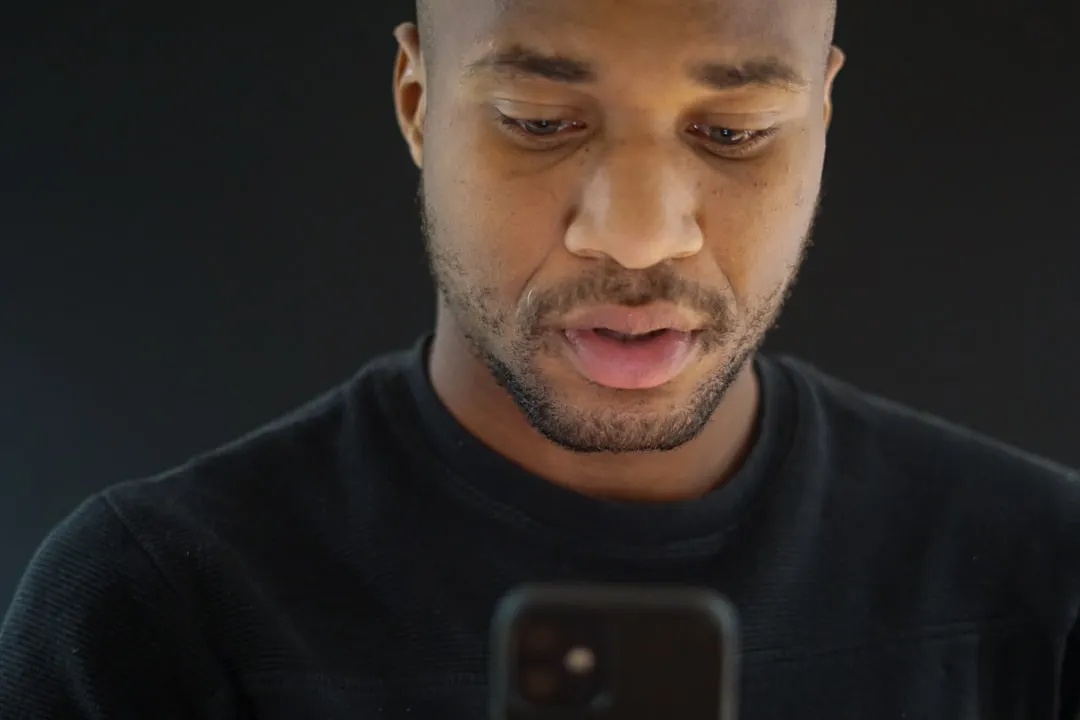
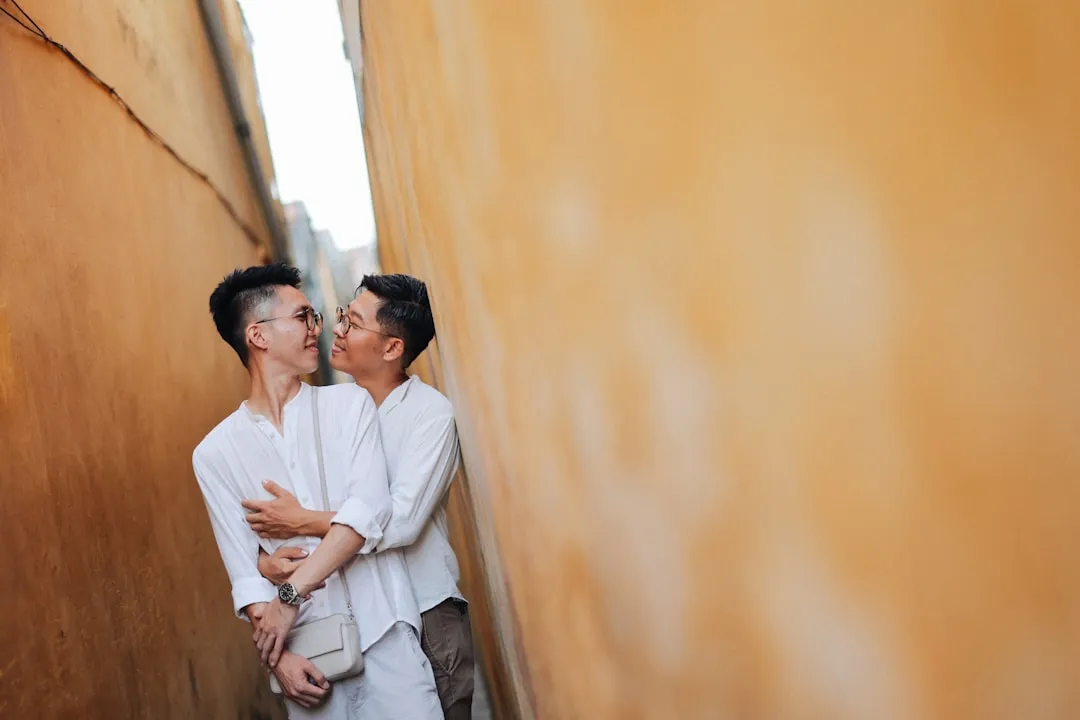
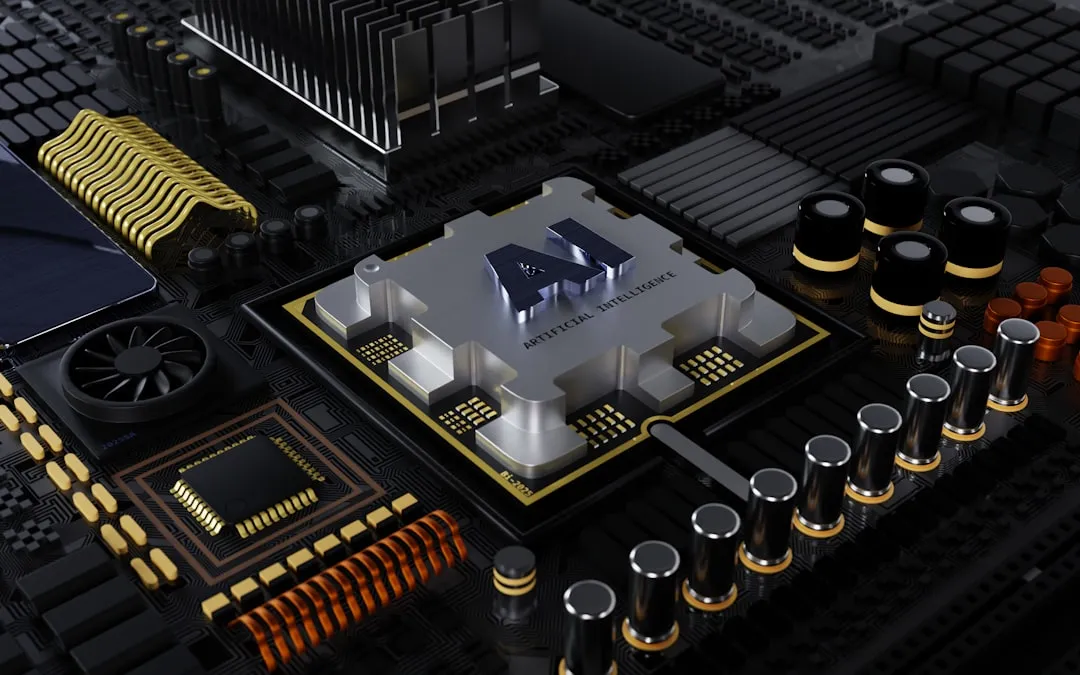
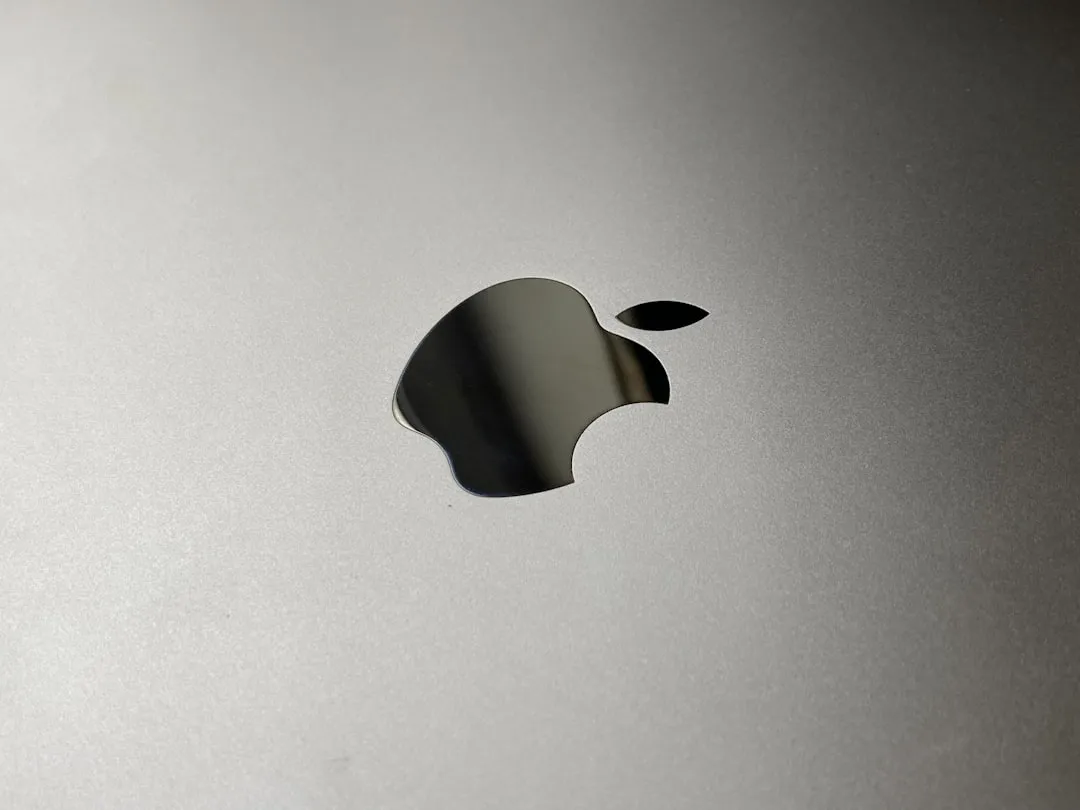
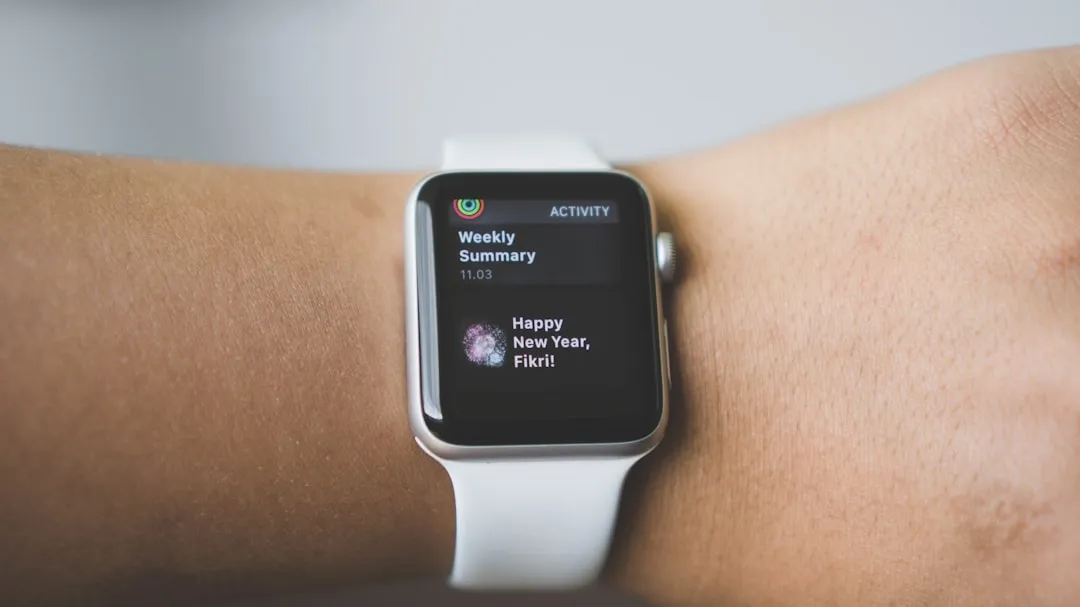
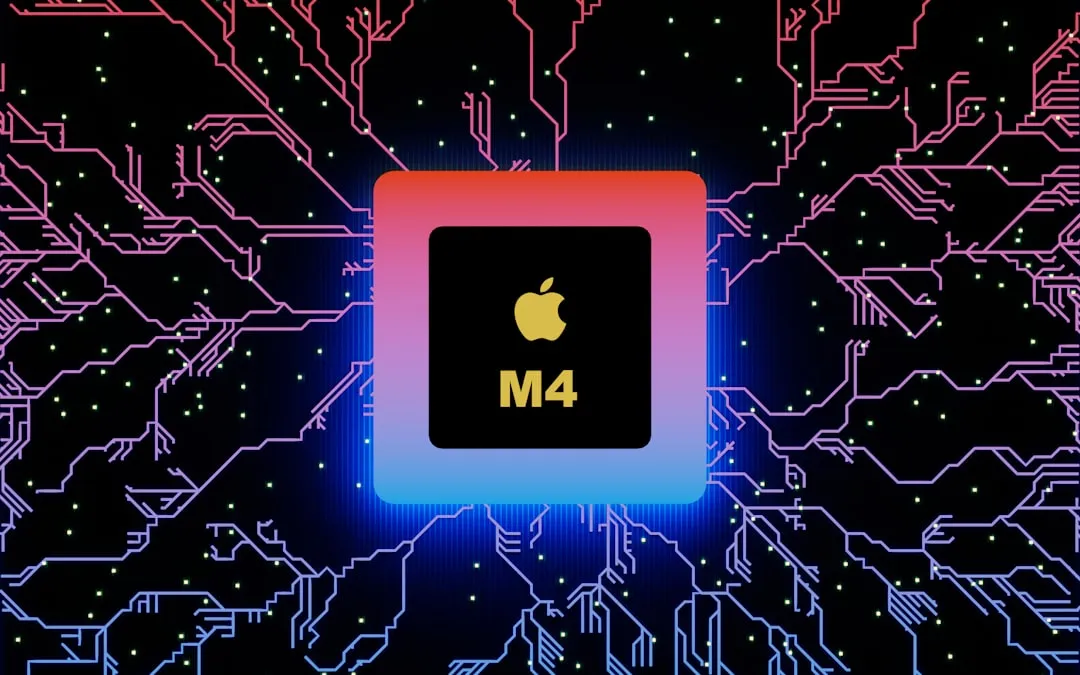



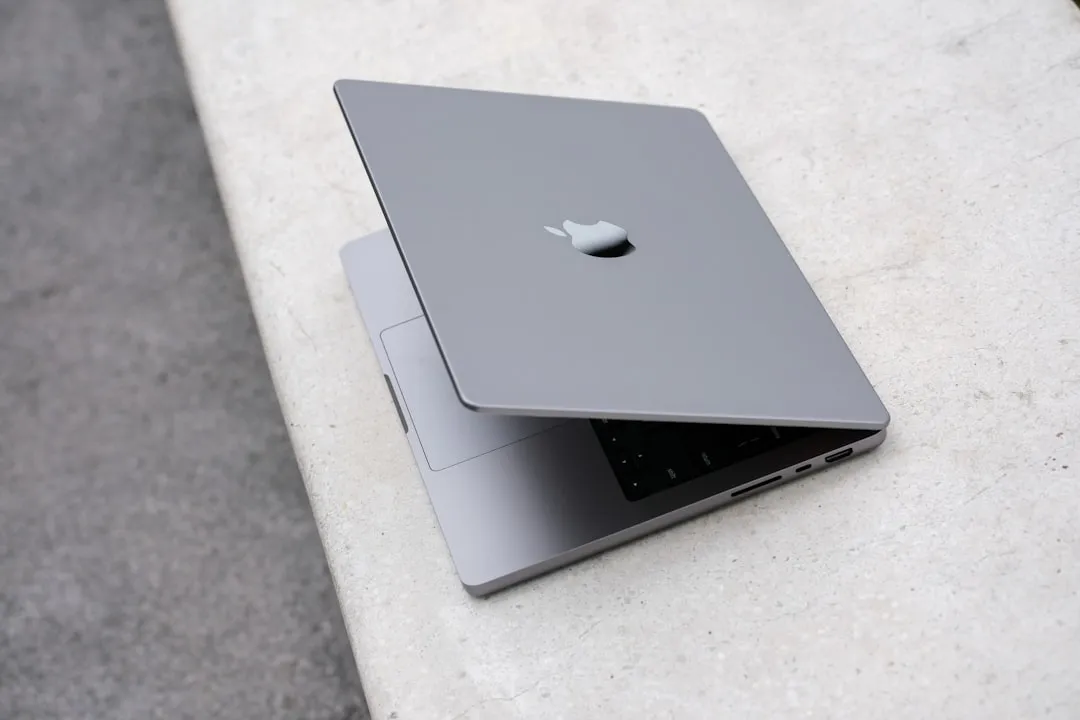
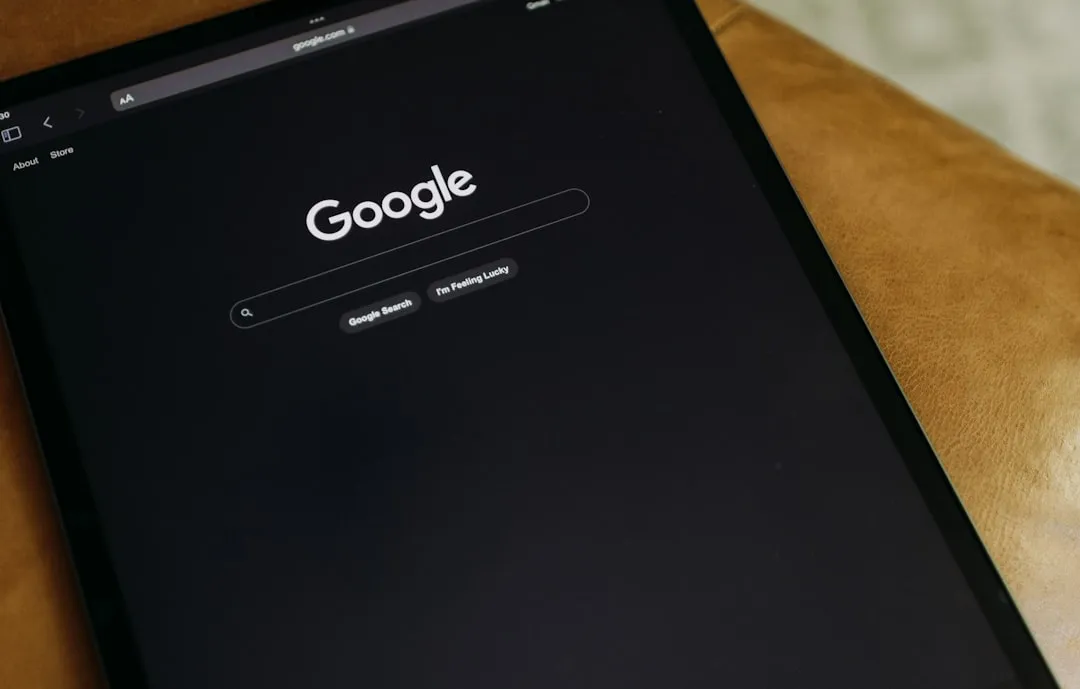

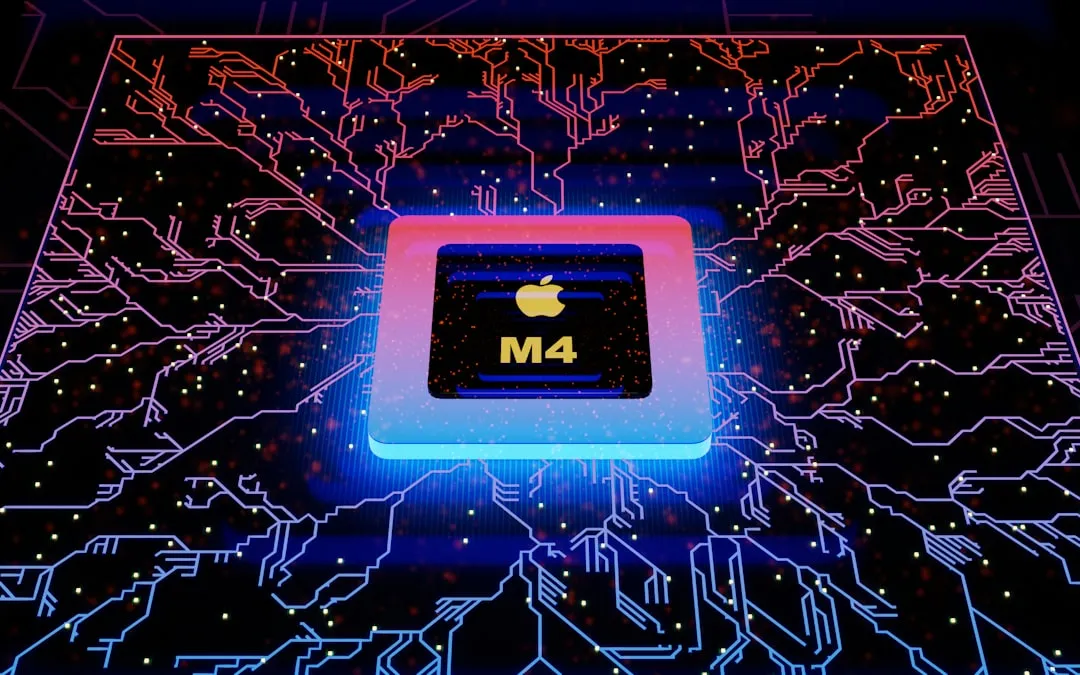

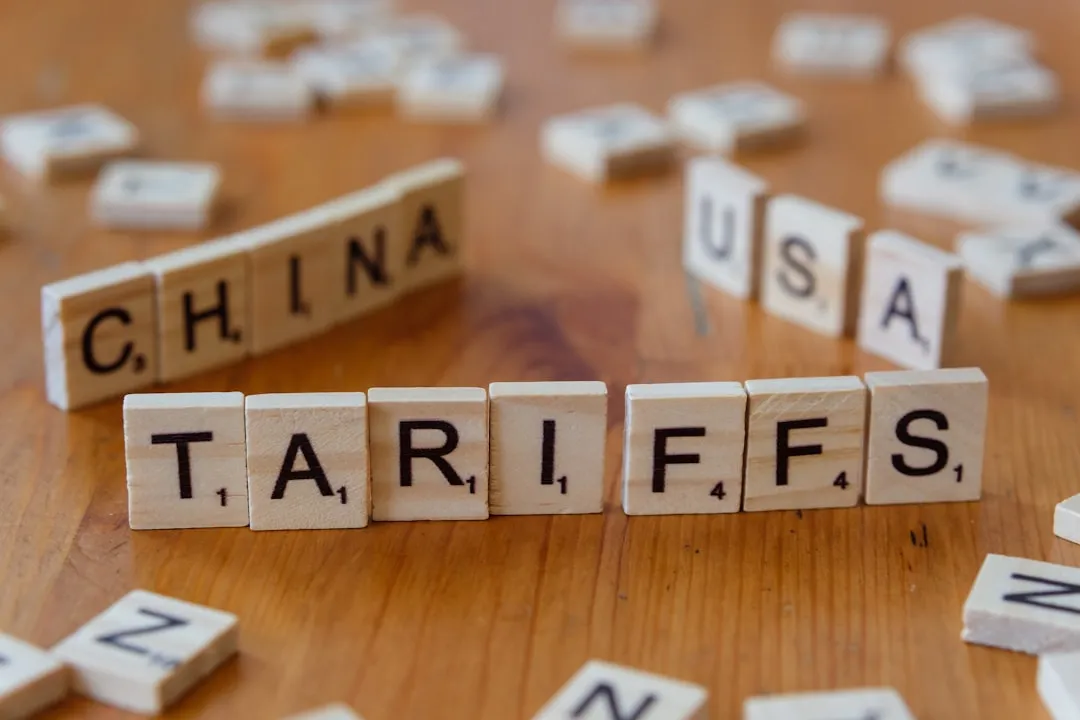
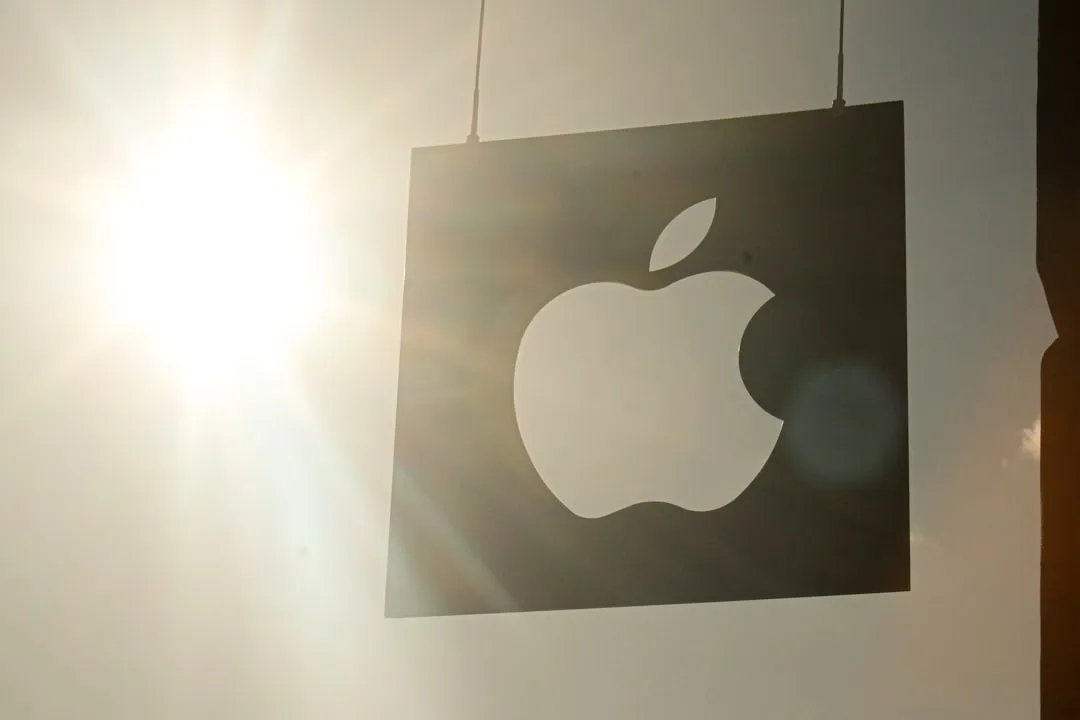
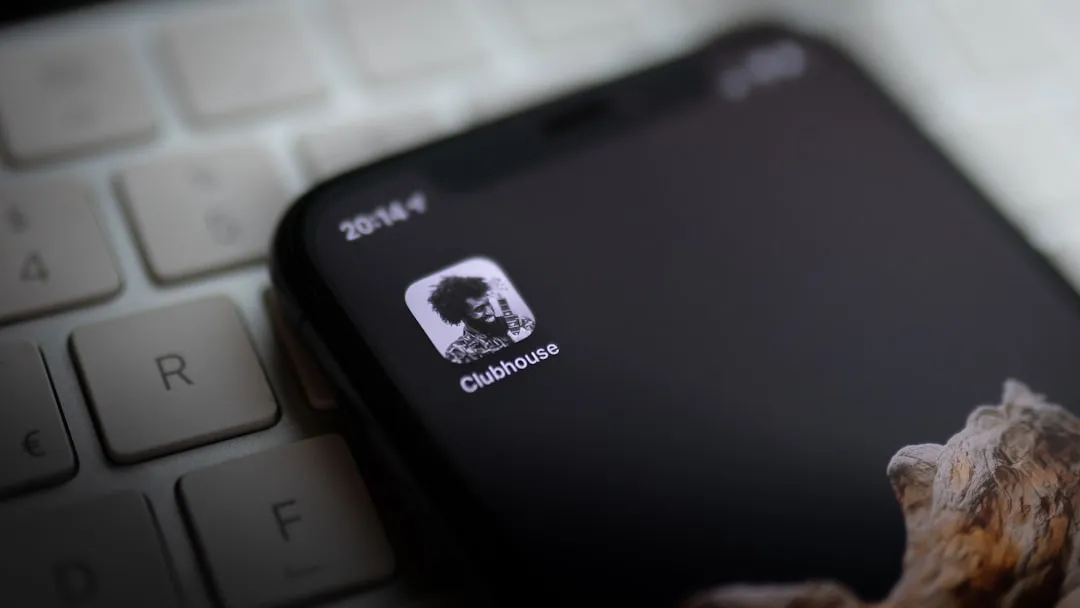
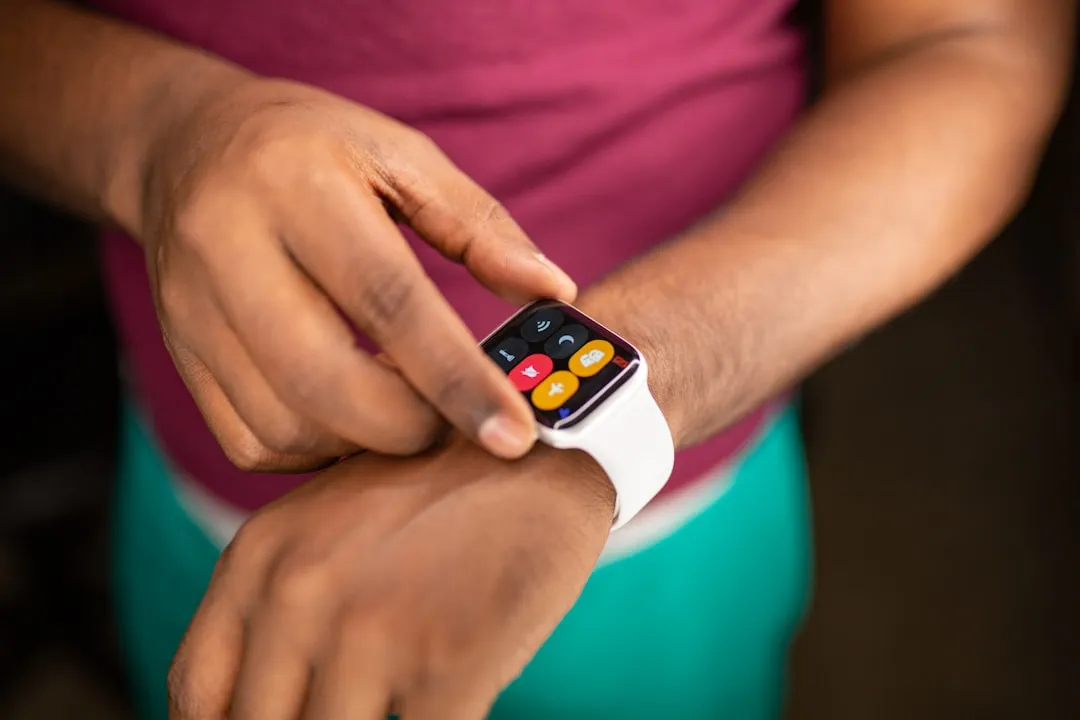
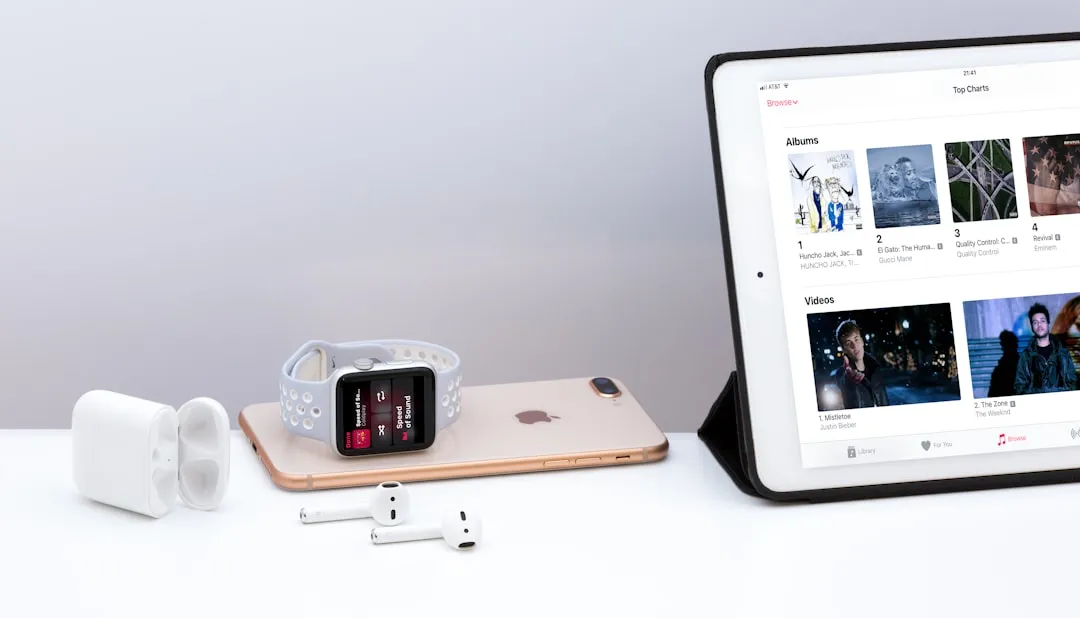
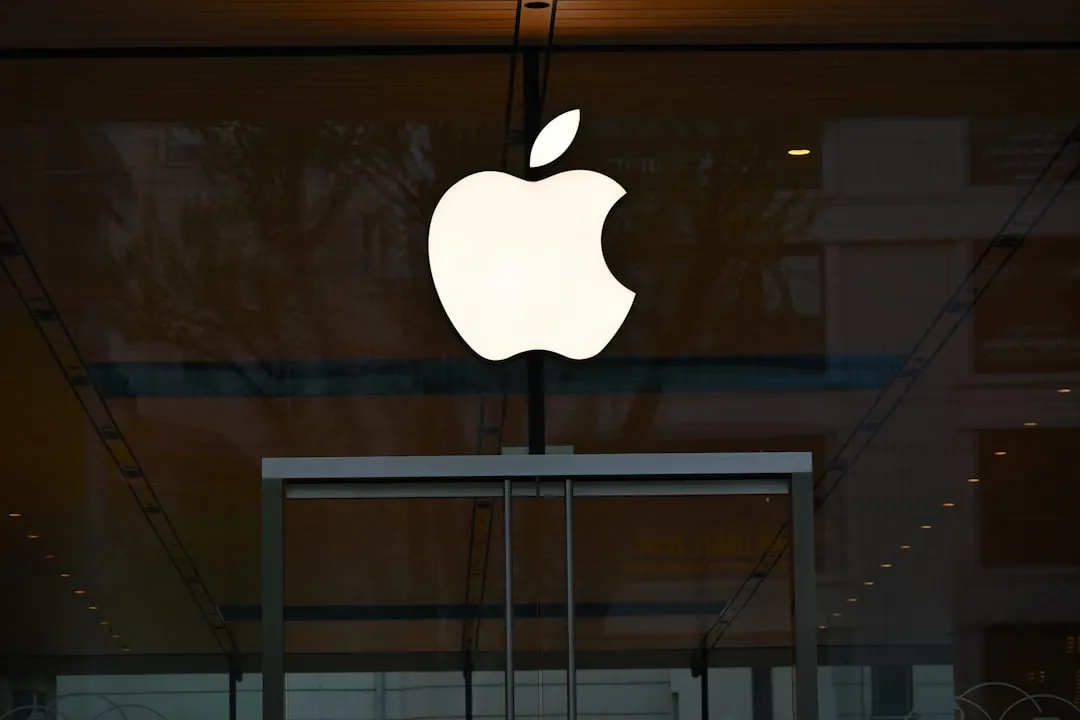
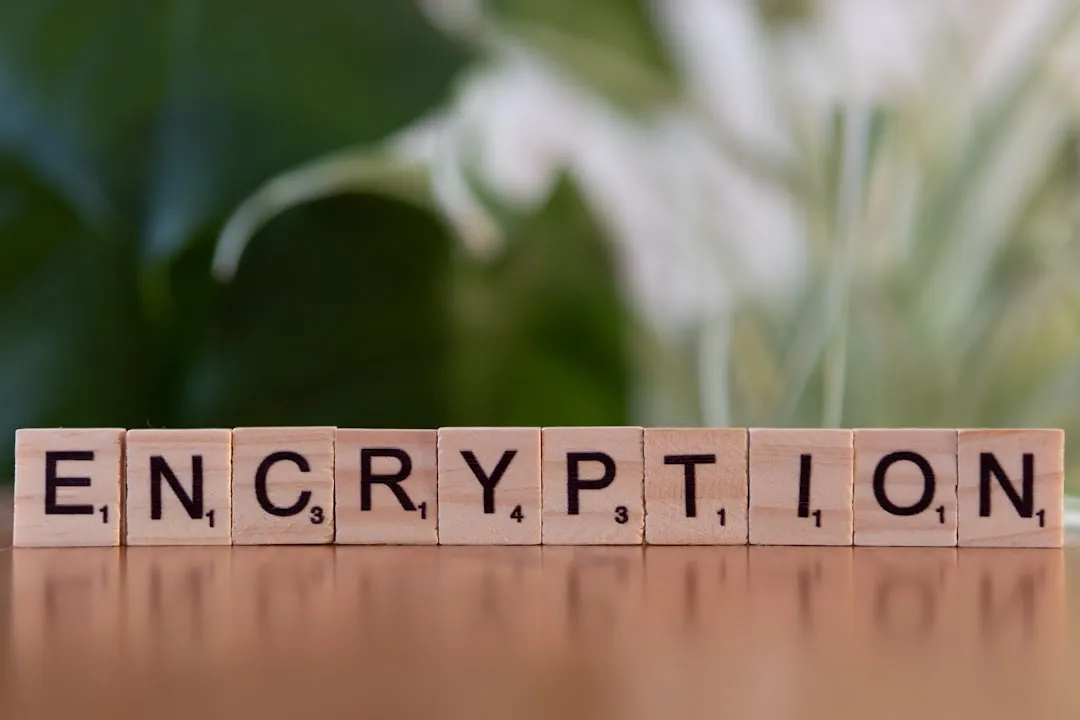
Comments
Be the first, drop a comment!